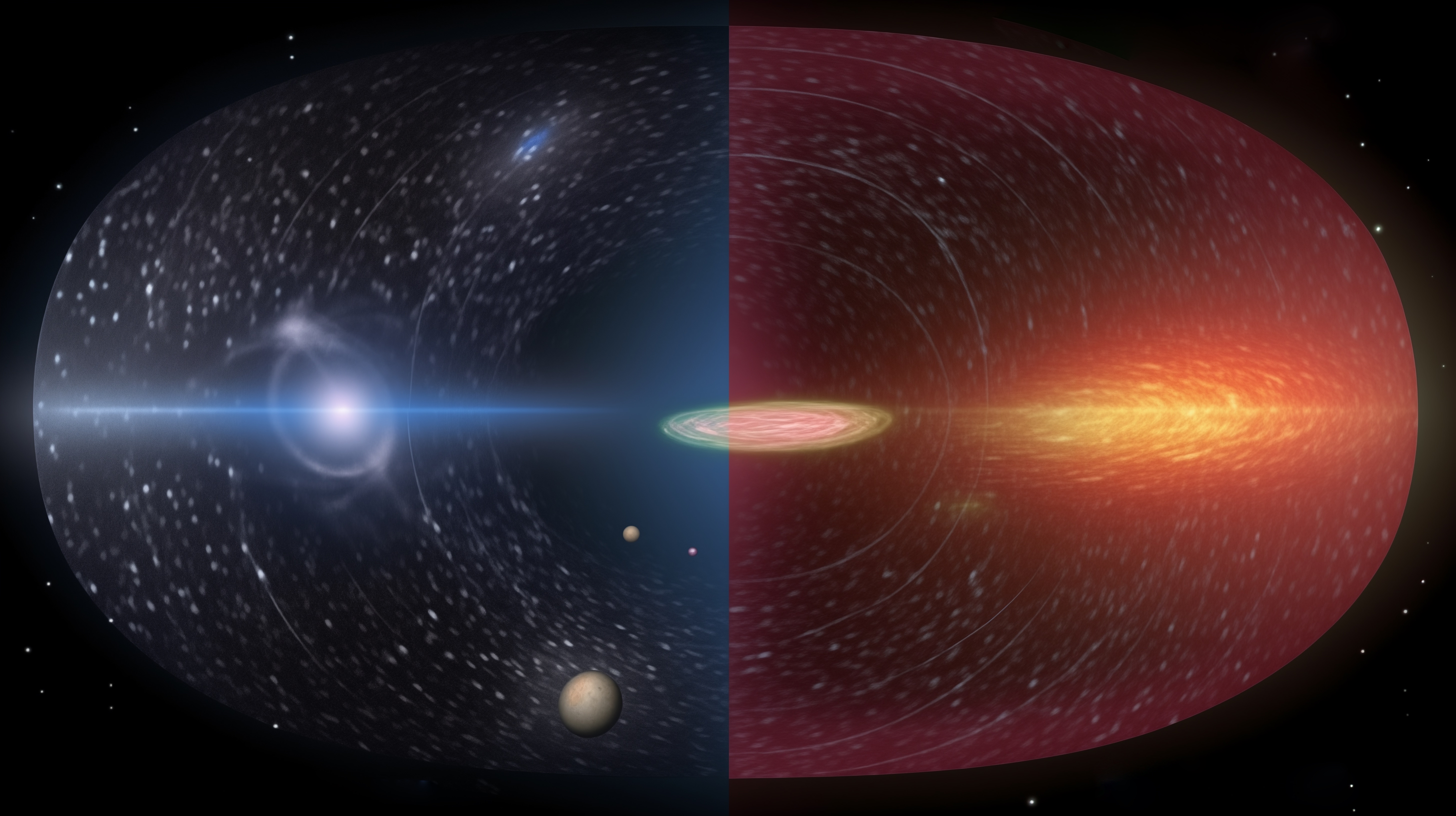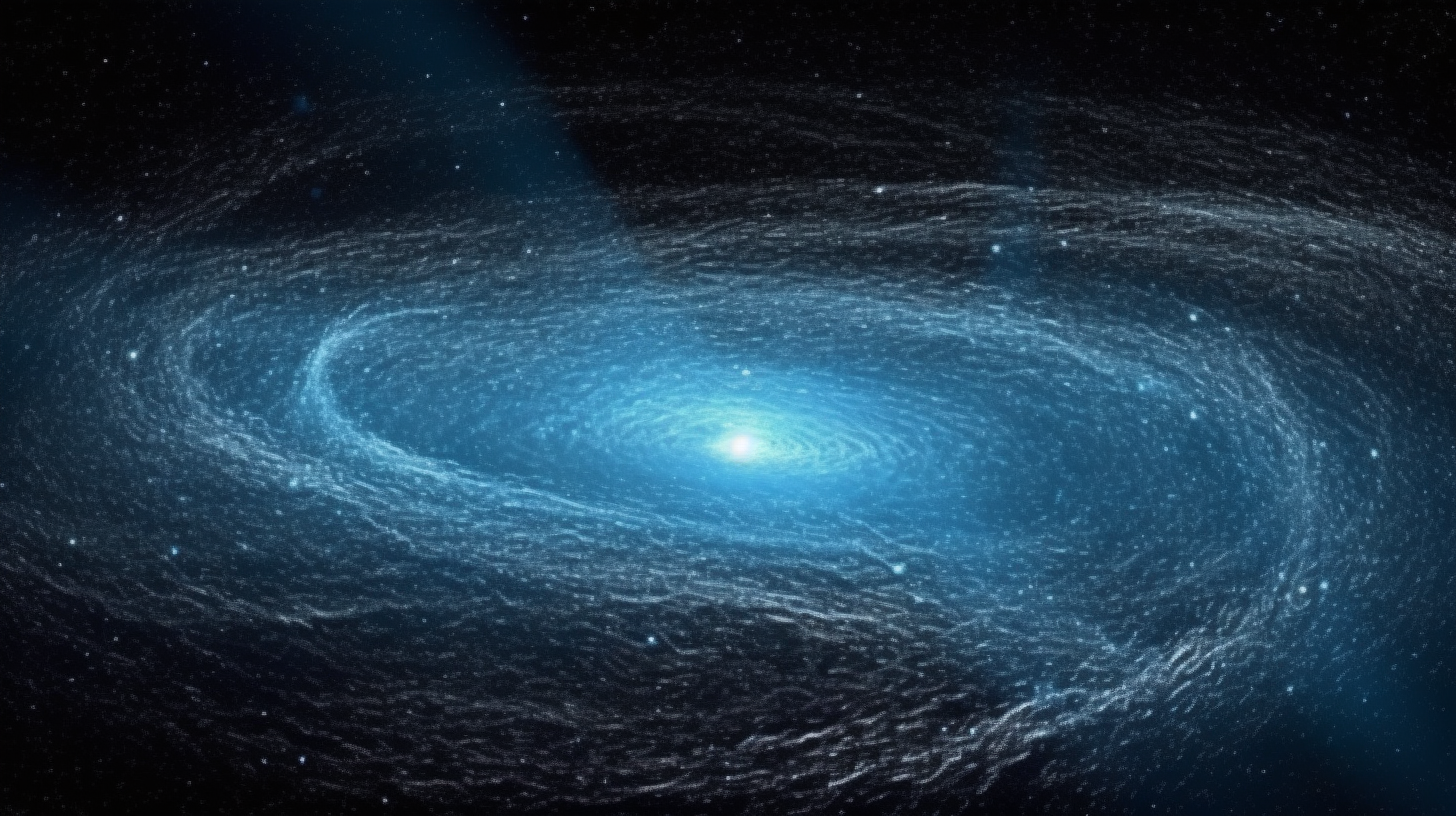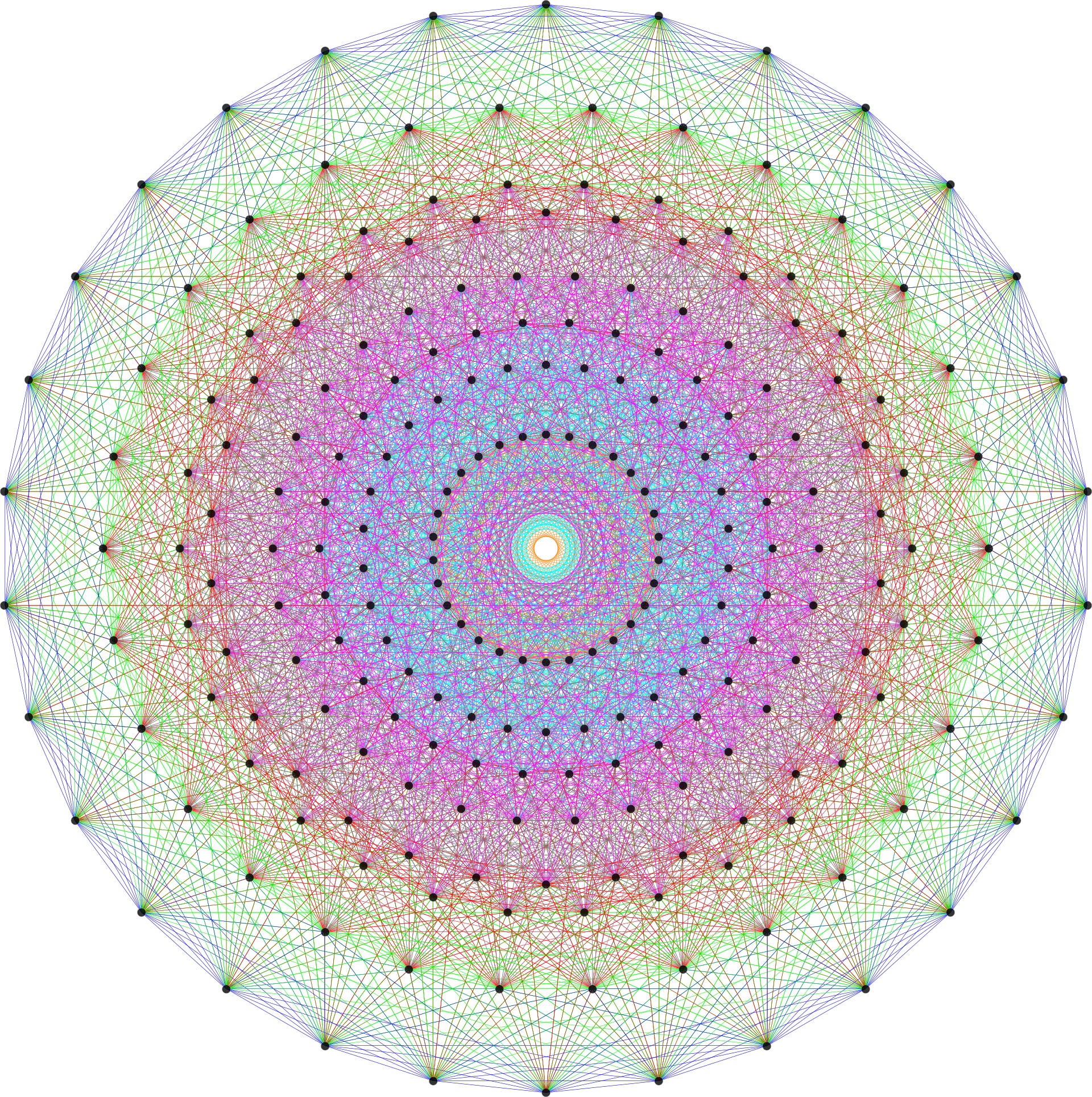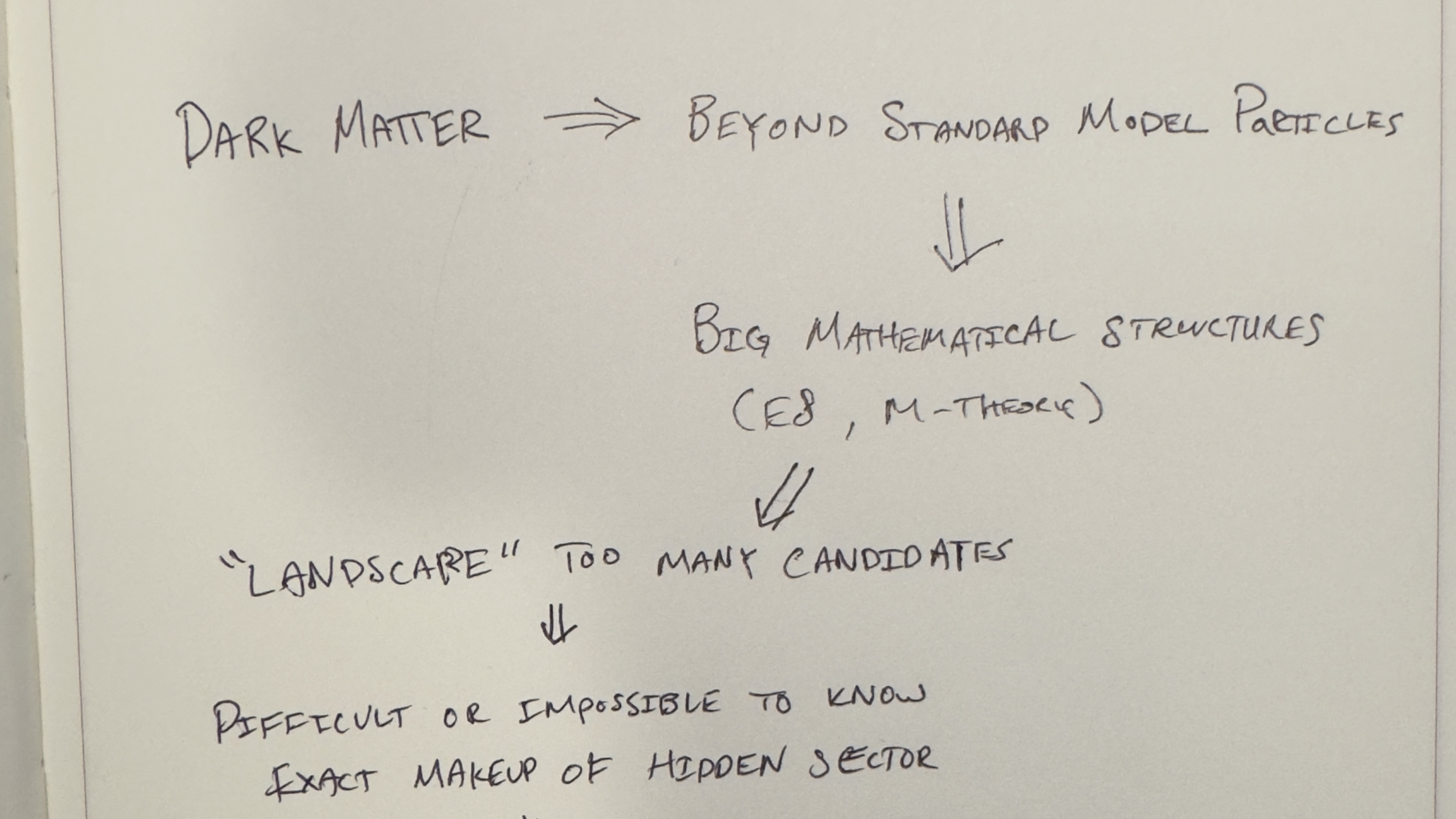What if Dark Matter is in a Hidden Sector?
May 16, 2024 (5mo ago)
Problem of the week
What if dark matter is in a hidden sector?
Background
When physicists observe the universe, they see that galaxies rotate faster than they should according to Einstein's General Relativity. This discrepancy is a problem because the visible matter in galaxies doesn’t provide enough gravity to hold them together. There are two candidate possibilities for how to solve this problem:
- Our understanding of gravity is incorrect at some scale
- There is some form of matter that we can’t easily detect that provides the extra gravity
- (Some clever combination of the two like superfluids)
A lot of work has focused on the second possibility, and that is our focus today. For a long time, the prevailing belief has been that this extra matter, often called dark matter, is comprised of weakly interacting particles that we “just haven’t detected yet.” Many physicists also believe that if we just build a bigger detector we will find candidates for what these particles may be (eg. Supersymmetric particles).
But there’s a simpler possibility that a keen problem solver should not ignore: the possibility of a "hidden sector" of particles that interact only with our kind of matter via gravity.

What is a Hidden Sector?
A hidden sector is a hypothetical collection of particles that interact with ordinary matter only through gravity, making them otherwise "invisible" to us and our detector experiments.
Thus if dark matter were comprised of such particles it would make it literally impossible to do a direct detection experiment to find them.

It's actually not very hard to write down a simple theory of hidden sector dark matter that produces agreement with the observations. However, due to the impossibility of direct dection, we would not have a way of pinning down which of the possible candidate theories for the hidden sector is correct.
That raises a big problem for particle physics: If we don't or can't know the content of the hidden sector then how are we supposed to unify the field content of that sector with ours into a “Theory of Everything.” How can we develop a comprehensive theory if some components of the universe are invisible to us? We wouldn't know what to include in the unification.
History on Unification
The concept of the unification of forces is common in physics. The idea is that at certain energy scales, the forces of nature mix with each other, and it is only at the "lower" energy scales that we observe them as separate forces. At some point in the past, all the forces were one and the same. This is a very appealing idea to physicists because it is elegant and simple.
However, this idea has faced significant challenges. Firstly, there is still no agreed-upon unification of the forces included in the Standard Model. Secondly, the idea of unification is based on the assumption that the universe is governed by elegant mathematical structures, which is a big assumption to make.
Over the last 50 years, string theory has been an incredibly popular attempt to unify the standard model and general relativity into a Theory of Everything.
Concrete issues with Theories of Everything
Many candidates for a Theory of Everything, such as string theory, E8, and Geometric Unity, propose mathematical structures large enough to include both general relativity and the standard model. These structures might also be large enough to include hidden sectors (as come up often in String Theory).

But if these sectors are hidden, we might never identify the correct theory from the landscape of possibilities or understand how the symmetries break precisely
The trouble with hidden sectors? If they exist and their interactions are weak enough, we might never distinguish between different theoretical candidates. This means we might never identify all the universe's constituent particles.

Given this possibility and the current experimental observation of dark matter -- it seems to question the logical coherence of trying to unify forces since we can't even be sure that we know all the forces / particles in the universe (or will ever know).
However, I don't think this should bother us! Eg. it would not bother science too much if we didn't know about the existance of a certain species of beetle, especially if that beetle didn't interact with us in any measurable way. Analogously, if the hidden sector content is unknowable to us, but it also doesn't affect us more than "there is this weakly interacting dark matter out there". However, there is a much more pressing problem than classifying beetles: the quantization of gravity. The missing reconciliation of general relativity and quantum mechanics is a much more pressing problem than unification.
For these reasons, I prefer theories that separate the quantization of gravity from “unification.” Solving the inconsistency of quantum gravity is a pressing problem needing resolution. In contrast, full unification is more of a hope that the universe adheres to elegant mathematical structures, which may not be the case. These large mathematical structures can evade rigorous experimental testing via hidden sectors, making them hard to determine uniquely.
A big question for the “hidden sector” theory is falsifiability. If hidden sectors exist, could we know? The answer might be yes. We can place stronger limits on weak interactions through experiments like SHiP at CERN. If these experiments don’t find new particles, hidden sectors become more likely. Conversely, finding new weakly interacting particles could falsify the hidden sector theory, assuming a plausible mechanism for producing enough particles to comprise dark matter.
Problem solving lesson
My Problem Solving lesson from this thought exercise? You may discover some interesting things along the way, but don’t lose slight of the original problem! Focusing your efforts on the question at hand is the key to success. Always circle back to the original problem.
Links and Further Reading
Further reading bonus: I highly recommend Sabine Hossenfelder's book “Lost in Math: How Beauty Leads Physics Astray”